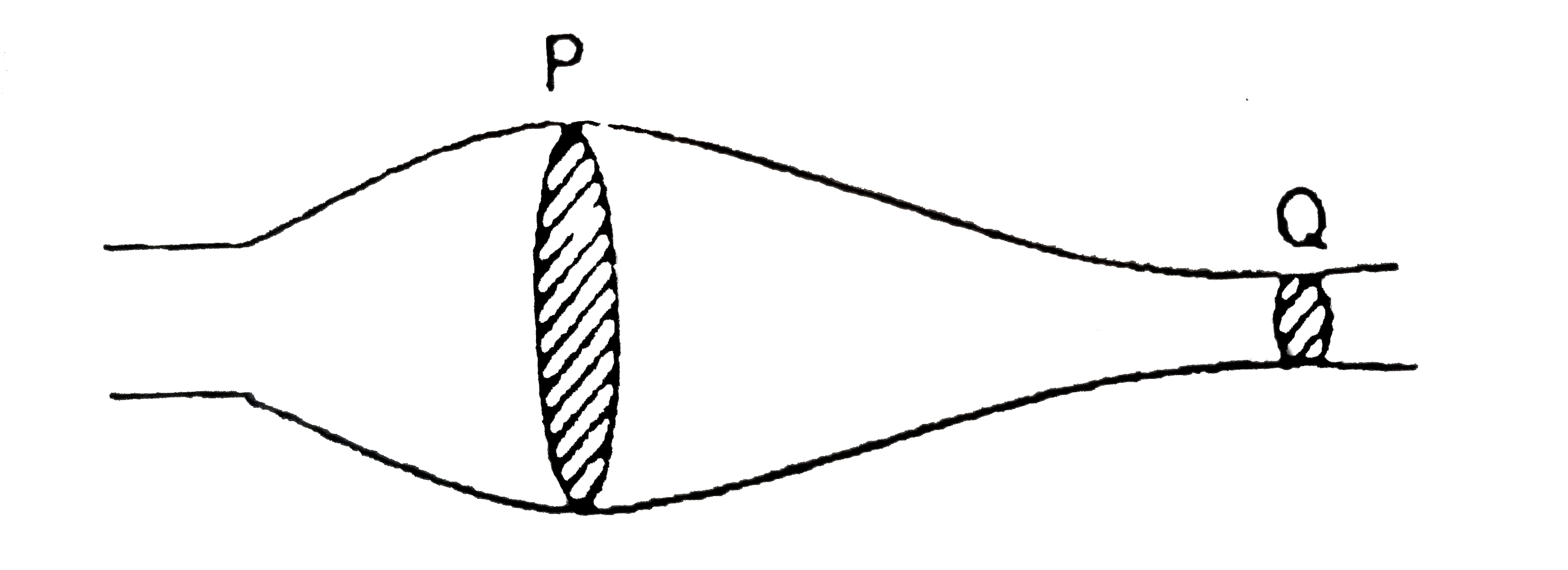If a constant potential difference is applied across a bulb, the current slightly decreases as time passes and then becomes constant. Explain.
To explain why the current slightly decreases and then becomes constant when a constant potential difference is applied across a bulb, we can break down the explanation into several steps:
1. Understanding the Circuit: When a constant potential difference (voltage) is applied across a bulb, current starts to flow through the circuit. The bulb acts as a resistor in this scenario.
2. Joule Heating Effect: As current flows through the bulb, it generates heat due to the resistance of the filament. This phenomenon is known as Joule heating or resistive heating. The heat generated increases the temperature of the bulb.
3. Temperature and Resistance Relationship: The resistance of the filament in the bulb is temperature-dependent. According to the formula R=R0(1+αΔT), where R0 is the initial resistance, α is the temperature coefficient of resistance, and ΔT is the change in temperature. As the temperature increases, the resistance of the filament also increases.
4. Ohm's Law Application: According to Ohm's law, the current I flowing through a circuit is given by I=VR, where V is the voltage and R is the resistance. As the resistance increases due to the rise in temperature, the current flowing through the bulb decreases.
5. Heat Dissipation: Over time, the heat generated in the bulb is dissipated into the surroundings. This heat dissipation helps to stabilize the temperature of the bulb.
6. Constant Temperature and Resistance: Once the heat generated is balanced by the heat lost to the surroundings, the temperature of the bulb stabilizes. Consequently, the resistance of the filament also stabilizes.
7. Current Stabilization: With the resistance now constant, and since the potential difference is also constant, the current through the bulb becomes constant as well.
8. Conclusion: Therefore, the current initially decreases due to the increase in resistance from heating, but eventually becomes constant once the temperature stabilizes and the resistance no longer changes.
Topper's Solved these Questions
- THERMAL AND CHEMICAL EFFECT OF ELECTRIC CURRENTBook:HC VERMA ENGLISHChapter:THERMAL AND CHEMICAL EFFECT OF ELECTRIC CURRENTExercise:Exercise
Explore 24 Videos
- THE SPECIAL THEORY OF RELATIVITYBook:HC VERMA ENGLISHChapter:THE SPECIAL THEORY OF RELATIVITYExercise:Short answer
Explore 2 Videos
- X-RaysBook:HC VERMA ENGLISHChapter:X-RaysExercise:Ques for Short Ans
Explore 10 Videos
Similar Questions
When a potential difference is applied across, the current passing through
View SolutionIf the potential difference applied across a Coolidge tube is increased , then
View SolutionIf the potential difference applied across a Coolidge tube is increased , then
View SolutionConsider the following quantities: number density of free electrons, n, mean free time of electrons between collisions,t , drift velocity of electrons, vd , resistivity, p.
A constant potential difference is applied across a conductor. Assuming that the temperature of the conductor remains constant, which of these quantities is/are independent of the magnitude of the potential difference applied?
View SolutionA source of constant potential difference is connected across a conductor having irregular cross section as shown.

View SolutionA constant potential difference is applied across a metal wire. Let the average thermal velocity of electrons in the wire be vt and let the drift velocity be vd . As the temperature of the wire rises:
View SolutionHow does the mobility of electrons in a conductor change, if the potential difference applied across the conductor is doubled, keeping the length and temperature of the conductor constant ?
View SolutionIf the potential difference applied across a variable resistor is constant, draw a graph between the current in the resistor and the resistance.
View SolutionA constant potential difference is applied across a resistance. Consider variation of resistance with temperature. Which graph represents best the variation of power produced in resistance versus resistance?
View SolutionIf the potential difference across the ends of a conductor is doubled, the current flowing through it gets
View Solution